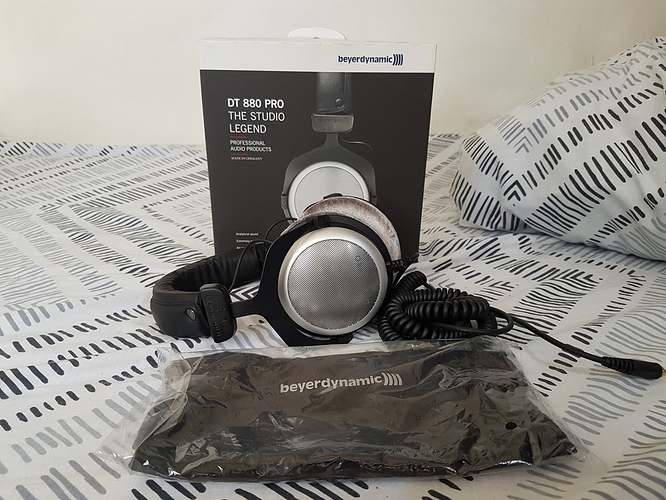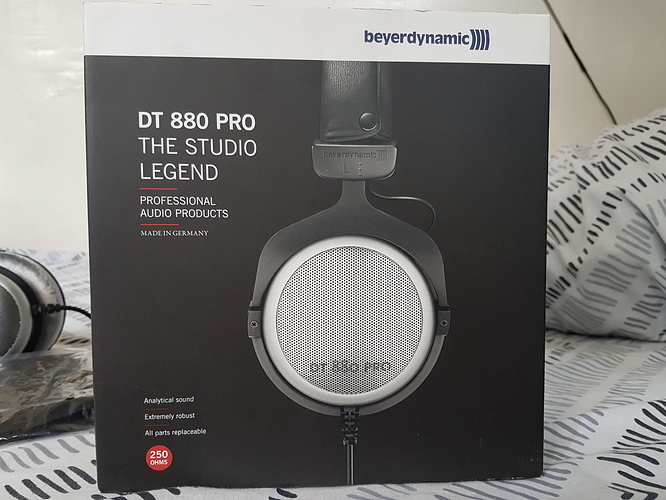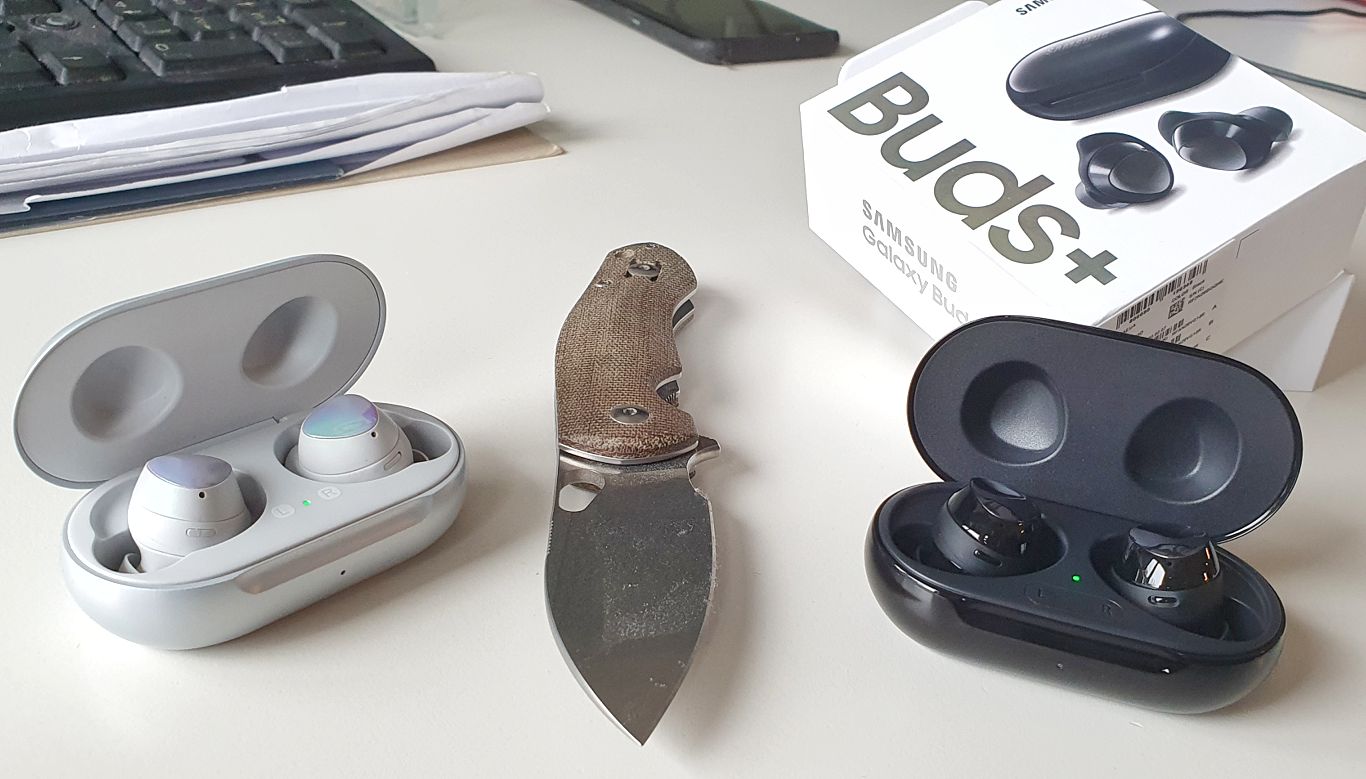Yeah, noticed that I could pay (for more base line tubes from different manufacturers) a pretty penny, to fairly cheep
I personally wouldn’t pay $80 for a tube going into a <$300 amp, unless someone told me it was the bomb.
I can understand people with $4-8K valve amps being willing to spend a lot per tube to optimize what’s already a top of the line piece of gear with quality components.
By all means play, but keep what it’s costing relative to the amp in mind.
$80 is actually the max I have paid on a tube (1942 Ken Rad VT-231 Black Glass) which is an extremely rare tube. Most of the time I try to stay within 20 to 40 dollars max.
Also, be very careful if you buy on ebay…there are some scammers that mis-label tubes purposely. Try to vet the dealer as best you can if you buy on the fleabay.
Honestly, I just buy tubes that test well and be done with it. I just want tubes with longevity in mind, no point in blowing 600 bucks on a pair of tubes that’ll last a year. I have an RCA 5692 Red-Base, and while true it wasn’t that cheap, cost $150, the damn things had excellent measurements though and had no leaks or faults, and more importantly, is incredibly quiet and sounds great with a supposedly long lifespan (True that varies from amp to amp, but I have no issues with it as of now, and it’s been almost 2 years).
Also as Polygonhell has stated, it’s also proportional, you won’t spend $1000 on a pair of 300Bs, or for instance when the circuit it’s running on isn’t really that good in the first place.
Also if you’re looking for 12AU7s, there are quite a few tube variations for that model (Not talking about the 12AT7 or 12AX7, since those have different gains, I mean tubes with identical gain and pin-outs, with different model numbers).
Idk, from a quick google search I was able to find quite a few variants of the tube, like the ECC82 and 5814. Maybe search up their data sheets for the tube and see what other variants exist and make sure they work well with your amp (unless you directly tweak the amp to better fit the tube), maybe adapters to use 6SN7s instead of a 12AU7 and then an adapter for that to use Dual 6J5s or Dual 76 Super Triodes, idk. The 12AU7 has quite alot of options with the right adapters, just make sure you pay a fair price for your tubes.
I pretty much know nothing about tube rolling and little about tube amps, so I’m curious as to your mention of getting a tube with a hum or microphonics. Is that considered a faulty tube, and can anything else be faulty with one out of the box besides being physically broken? I feel a little dumb even having to ask this, but can you touch a tube while it’s running? My final question is how long do tube amps usually take to warm up, and do hybrids have to warm up as well?
I wouldn’t, especially since most of them get pretty darn hot.
Both will need some warm up time. Mine usually needs about 40-60 seconds to turn on. My OTL will take up to 20-30 minutes to sound super sweet and my hybrid sounds fine after 1 minute.
All tubes are microphonic to a point, some can be really bad, I have one that’s worse than the others in my ZDT Jr, but it’s not bad enough to worry about. you can test then by tapping them gently with something when the amp is on. It’s unusual but it can be so bad that vibrations near the equipment can be heard. In that case I contact the seller and try and return.
Hum sometimes resolves itself in older tubes as they burn off any deposits that accumulated, but a tube with a constant hum isn’t something you want in a component.
Well older tubes tend to be microphonic and tends to be most noticeable with preamp tubes, I have a Kenrad VT231 which is sadly microphonic, sounds great but just touching the table the amp is on makes it ring, idk maybe isolation feet or something that reduces vibrations to the amp may be good.
Also yes you can touch the tube while it’s running, albeit some run really hot and you can get burned.
Finally Tubes have different heat up times, NOS 6AS7GTs for example have a heat up time of 30 seconds to a minute, NOS 6AS7GTBs have a heat up time of 11 seconds (If my memory serves me well), depends on their designation and what their purpose was before being shoved into an amp.
The amp itself tends to be comprised of multiple parts besides the tubes, so for it to be working at it’s best, maybe give it 30 minutes to an hour, depends on factors such as how long the transformer takes to even out a bit and other stuff.
Oh that also depends if it’s a Hybrid or a Full Tube, Hybrids have a shorter wait time to be at it’s best as stated by @Veritas
Sometimes it is the tube that is microphonic…other times it is the design of the amp that makes most if not all tubes microphonic.
Depends on the amp, there’s really two parts to warm up, bringing the tubes them selves up to temperature, and the box itself reaching some sort of ambient state. The latter also applies to SS amps and is more noticeable in class A designs that run warm/hot.
Tubes come up to temperature is a minute in most cases, I can see fluctuations in Bias current on my Valve Mono blocks for 20+ minutes, I’d give then an hour or so to sound their best.
Smaller amps maybe 20 minutes to get upto operating temperature.
Maybe check this out if you want to see how different amp topologies handle the heat up times of tubes.
As @Polygonhell said, besides the tubes, certain components need to reach a temperature level before they perform their best. While this is usually attributed to tubes, and how you should let them heat up for a bit before you expect the best performance out of them, it also applies to SS, usually those with transistors attached to beefy heat-sinks, idk, check this out if you want to see this in action for a SS: https://www.audiosciencereview.com/forum/index.php?threads/review-and-measurements-of-sabaj-d5-dac-amp.8337/
I know I posted this yesterday to share my delight and gratitude, but I cannot help and be all happy with this one and it is indeed my best and first headphones that is in a higher tier.
My wallet is not happy with me. happened to come across a brand new HD660S with the 508231 model number while I was web surfing. Had to grab another one for the office. My OCD wouldn’t let me purchase the newer revised 508826. Including the T1 I think that’s enough headphone purchases for one week.
What other uses are there for vacum tubes besides amplifiers?
Some brief excerpts from wikipedia:
“They were crucial to the development of radio, television, radar, sound recording and reproduction, long-distance telephone networks, and analogue and early digital computers… television monitors and oscilloscopes… tubes are still used in some applications, such as the magnetron used in microwave ovens, certain high-frequency amplifiers, and amplifiers that audio enthusiasts prefer for their “warmer” tube sound.”
oh yeah i know what they where used for. but i was speaking of todays uses as they no longer use them for those things today. I wonder if they are only used for audio and clocks today
First of 2 pairs Samsung Galaxy Buds + arrived
Will compare it to the Gen1 Buds and the QCY T5
First impressions
The ambient sound option is way better vs Gen1
The "normal’ and “soft” sound options are good
The dynamic is not my cup of tee
Microwaves, because they require very high frequencies (~2GHz) solid state amplifiers aren’t really suitable for amplification so tubes are used instead. ICs are now more capable of providing enough power for consumer level microwaves but they’re just too expensive so they tend to be reserved for industrial applications where the unreliability of tubes isn’t suitable.
I just ordered a second pair of TIN P1s.
From my cold dead hands!
How’s the BT connection? I felt Gen1 kind of sucked with it.




